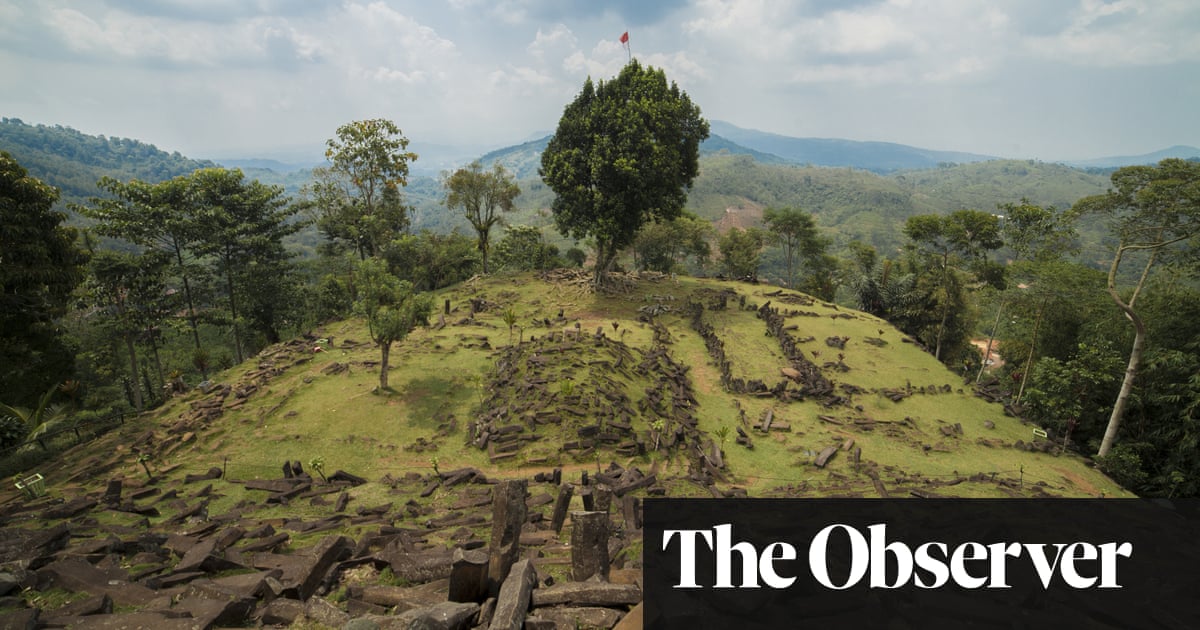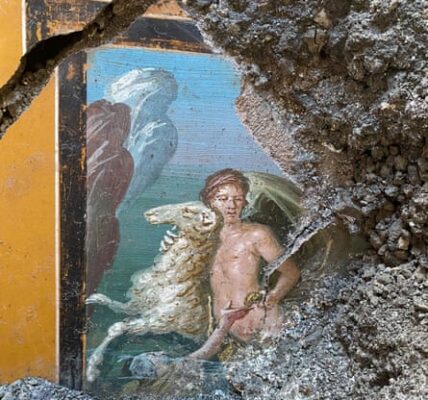Experts criticize the assertion that a site in Indonesia is the oldest building in the world, calling it “very weak.”

In 2023, there was a highly talked about scientific discovery. According to researchers, the Gunung Padang location in West Java, Indonesia, is possibly the oldest pyramid in the world, with an estimated age of over 25,000 years.
This level of age would be unparalleled. Stonehenge and the most ancient pyramids in Egypt are only a few thousand years old, whereas the previous record holder, Turkey’s Göbekli Tepe stone structures, are estimated to be approximately 11,000 years old.
According to a study published in Archaeological Prospection, Gunung Padang may be over twice as old as other prehistoric megalithic structures. The authors argue that evidence found at Gunung Padang suggests that sophisticated building techniques were used even before the invention of agriculture.
The statement gained global attention, but has faced strong opposition from archaeologists. They dispute the team’s claims about the extraordinary age of Gunung Padang, stating that the evidence does not support their conclusions. They propose that the settlement was most likely constructed only 6,000 to 7,000 years ago.
According to Flint Dibble, an archaeologist at Cardiff University, the information presented in this paper does not back up its ultimate claim that the settlement is remarkably ancient. However, this is what has captured attention in the news. Dibble expressed surprise that this paper was published in its current form.
After receiving backlash, the editors of Archaeological Prospection, a publication by Wiley, have initiated an inquiry. The investigation aims to address concerns brought up by external sources regarding the accuracy of our research paper. The primary author, geologist Prof Danny Hillman Natawidjaja from Indonesia’s national research and innovation agency, acknowledged these concerns last week and is actively working to resolve them.
The revelation that Graham Hancock, a controversial British author, proofread the paper has sparked controversy. He believes that a highly advanced ancient civilization, which was destroyed by a cosmic event, introduced science, technology, agriculture, and monumental architecture to the primitive societies that emerged after the last ice age. In his Netflix series, Ancient Apocalypse, he proposes that Gunung Padang may be evidence of their capabilities.
Many scientists criticize these concepts. In one program review, geologist Marc Defant stated that the individual relies on myths and often provides incorrect interpretations of archaeological sites. Archaeologist Bill Farley from Southern Connecticut State University in New Haven also expressed his thoughts, stating that the theory suggesting ancient sages taught us everything we know oversimplifies history and takes away from the achievements of Indigenous cultures in developing their own sophisticated crafts and ancient culture.
Last week, Natawidjaja stated to the Observer that he viewed Hancock’s concepts as a “plausible working theory.”
Nestled among banana palms and tea plantations, almost 3,000 feet above sea level and 75 miles south of Jakarta, Gunung Padang is made up of a series of stone terraces that sit on top of an extinct volcano. Pottery fragments suggest the site is a few thousand years old.
Nonetheless, Natawidjaja and his colleagues contend that their utilization of ground-penetrating radar reveals multiple man-made layers beneath the primary structure, with the bottom layer consisting of a densely compacted lava core that exhibits evidence of careful manipulation.
According to the team’s findings, soil samples taken from the hill below the site were determined to be 27,000 to 16,000 years old. Further analysis suggests that additional material was added approximately 8,000 years ago. Based on this evidence, the team concludes that Gunung Padang may have been constructed over 25,000 years ago during the Earth’s last ice age.
However, Dibble and other critics have refuted this claim. They argue that Natawidjaja and his group have not presented any proof that the buried material was created by humans. They suggest that although it may be over 20,000 years old, it is likely of natural origin since there is no indication of human activity, such as the presence of bones or artifacts, in the soil.
Dibble explained that if one were to visit the Palace of Westminster and retrieve a soil sample seven meters below the ground, it could potentially be dated as 40,000 years old. However, this does not imply that the Palace was constructed by ancient humans 40,000 years ago. It simply suggests that there is carbon present in the soil that is 40,000 years old. The publication of this paper is truly remarkable.
Natawidjaja has stood by his team’s research. He stated to the Observer last week, “Our study’s foundation is based on thorough analysis of observations through exposure analysis, trenching-wall loggings, core-drilling studies, and integrated-comprehensive geophysical surveys.”
Other researchers did not accept this. According to Farley, “This statement involves a significant, significant jump from the available data, which is at best mildly interesting, to a grand conclusion about a pyramid buried deep underground.” He also stated, “It is incredibly weak and I find it justifiable that this paper is being examined. It was not deserving of being published and I would not be surprised if it is eventually withdrawn.”
Source: theguardian.com

